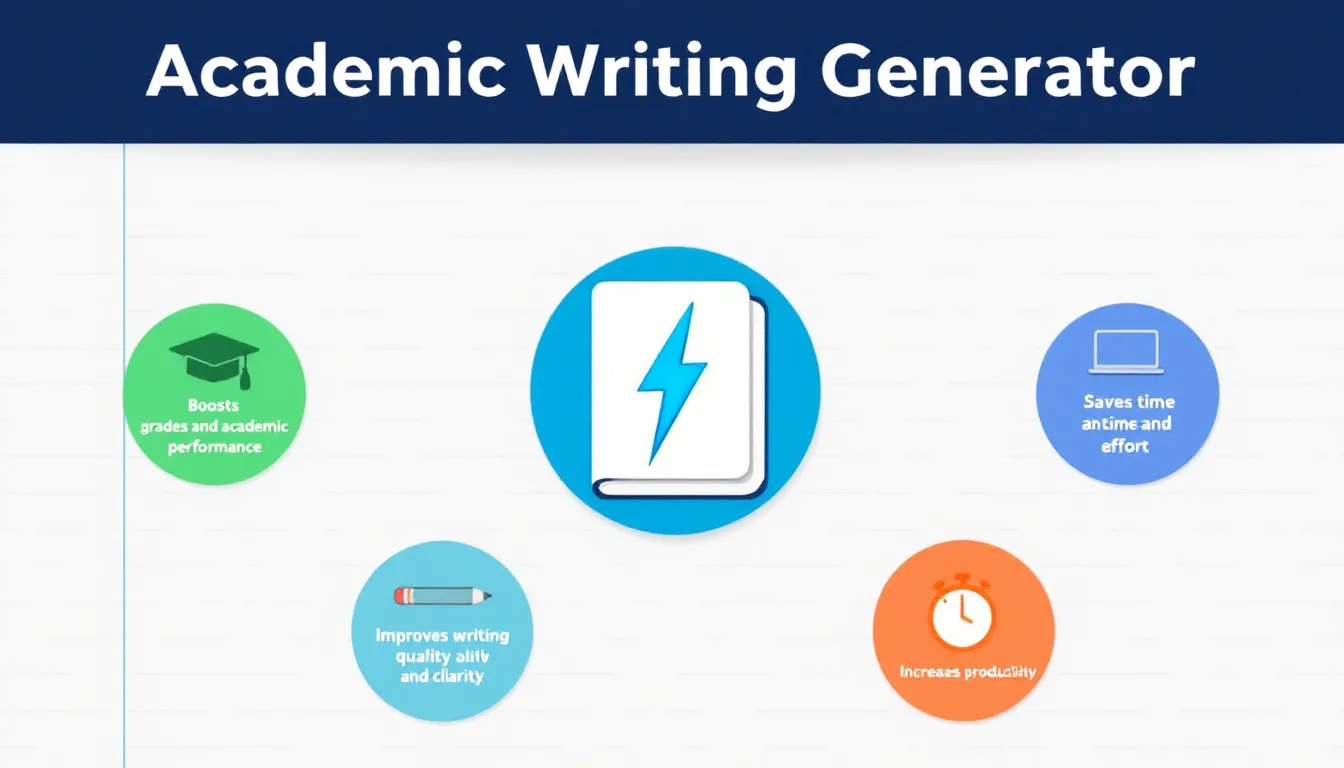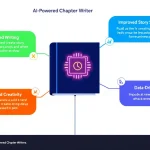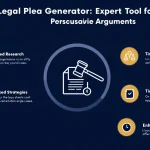Is this tool helpful?
How to Use the Academic Writing Generator Effectively
This Academic Writing Generator helps you create well-structured academic sections quickly. Follow these steps to get the best results:
- Select the Academic Section: Choose whether you want to generate an introduction, chapter, or conclusion for your academic paper.
- Enter Your Main Topic: Provide the specific subject you want to write about. Be precise to get focused content.
- Specify the Academic Style (Optional): Enter a style guide like APA, MLA, or Chicago if you want the content formatted accordingly.
- List Key Points or Arguments (Optional): Write important ideas or themes that should appear in the text to guide the content.
- Set Desired Word Count (Optional): Indicate an approximate number of words you’d like the section to contain.
- Generate Content: Click the generate button to produce your academic section based on your inputs.
- Review and Edit: Carefully read the generated content and make changes to fit your research and style.
Sample Inputs
Example 1: Literature Review Section
- Section Type: Chapter
- Topic: Advances in renewable energy technologies
- Academic Style: IEEE
- Key Points: 1. Solar power innovations, 2. Wind turbine efficiency improvements, 3. Energy storage solutions
- Word Count: 2000
Example 2: Research Paper Conclusion
- Section Type: Conclusion
- Topic: Effects of urbanization on local climate patterns
- Academic Style: APA
- Key Points: 1. Summary of urban heat island effect, 2. Influences on precipitation, 3. Recommendations for urban planning
- Word Count: 800
What Is the Academic Writing Generator? Purpose and Benefits
The Academic Writing Generator is an AI-powered tool that helps you create academic content such as introductions, chapters, and conclusions effortlessly. It uses natural language processing to structure your ideas logically and professionally, reducing the time spent on drafting.
Purpose of the Tool
This tool aims to simplify your writing process. It addresses common challenges like writer’s block and difficulty structuring content, providing you a solid draft you can expand and refine. This allows you to focus on research depth instead of struggling with the initial writing.
Key Benefits
- Save Time: Quickly generate drafts, freeing up time for analysis and critical thinking.
- Structured Content: Produces logically organized text that aligns with academic conventions.
- Overcome Writer’s Block: Provides a starting point to build upon.
- Consistent Style: Adheres to specified citation and formatting guidelines.
- Versatile Use: Suitable for a variety of academic disciplines and document types.
- Learning Aid: Helps you understand how to organize academic writing effectively.
Practical Uses of the Academic Writing Generator
Here are ways this tool can assist you in different academic writing scenarios:
1. Thesis and Dissertation Writing
Use the generator to draft sections such as introductions, literature reviews, or conclusions. It gives you an organized start, which you can personalize with your research findings and analysis.
2. Preparing Research Papers
Create clear introductions and well-structured chapters to set the stage for your research. This helps you present your study’s significance and background effectively.
3. Writing Grant Proposals
Draft compelling summaries and methodology descriptions that clearly communicate your project’s objectives and potential impact.
4. Academic Book Development
Generate consistent chapter intros and conclusions that maintain a coherent tone across the entire book.
5. Conference Abstracts and Teaching Materials
Produce concise abstracts that highlight key points for academic conferences, or create outlines for lectures and course materials with clear structure.
6. Peer Review Templates
Use the generator to format feedback and review comments clearly and professionally, focusing on essential assessment criteria.
Important Disclaimer
The calculations, results, and content provided by our tools are not guaranteed to be accurate, complete, or reliable. Users are responsible for verifying and interpreting the results. Our content and tools may contain errors, biases, or inconsistencies. Do not enter personal data, sensitive information, or personally identifiable information in our web forms or tools. Such data entry violates our terms of service and may result in unauthorized disclosure to third parties. We reserve the right to save inputs and outputs from our tools for the purposes of error debugging, bias identification, and performance improvement. External companies providing AI models used in our tools may also save and process data in accordance with their own policies. By using our tools, you consent to this data collection and processing. We reserve the right to limit the usage of our tools based on current usability factors.







